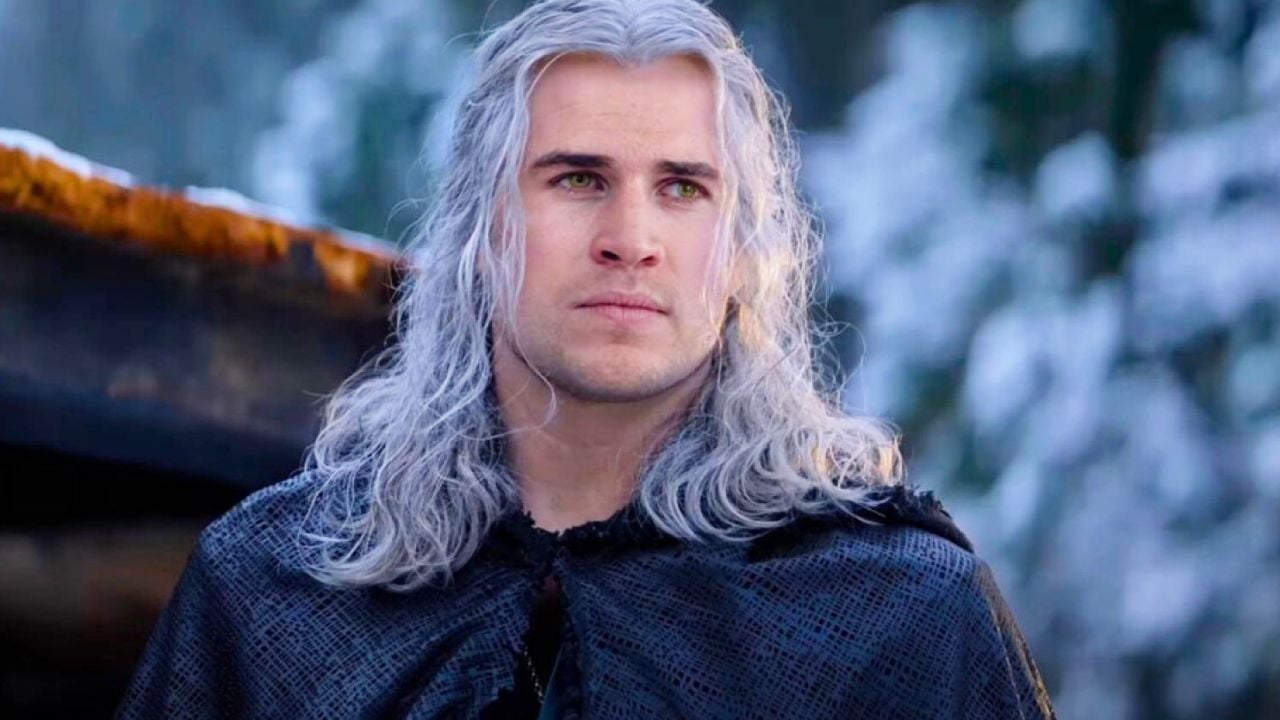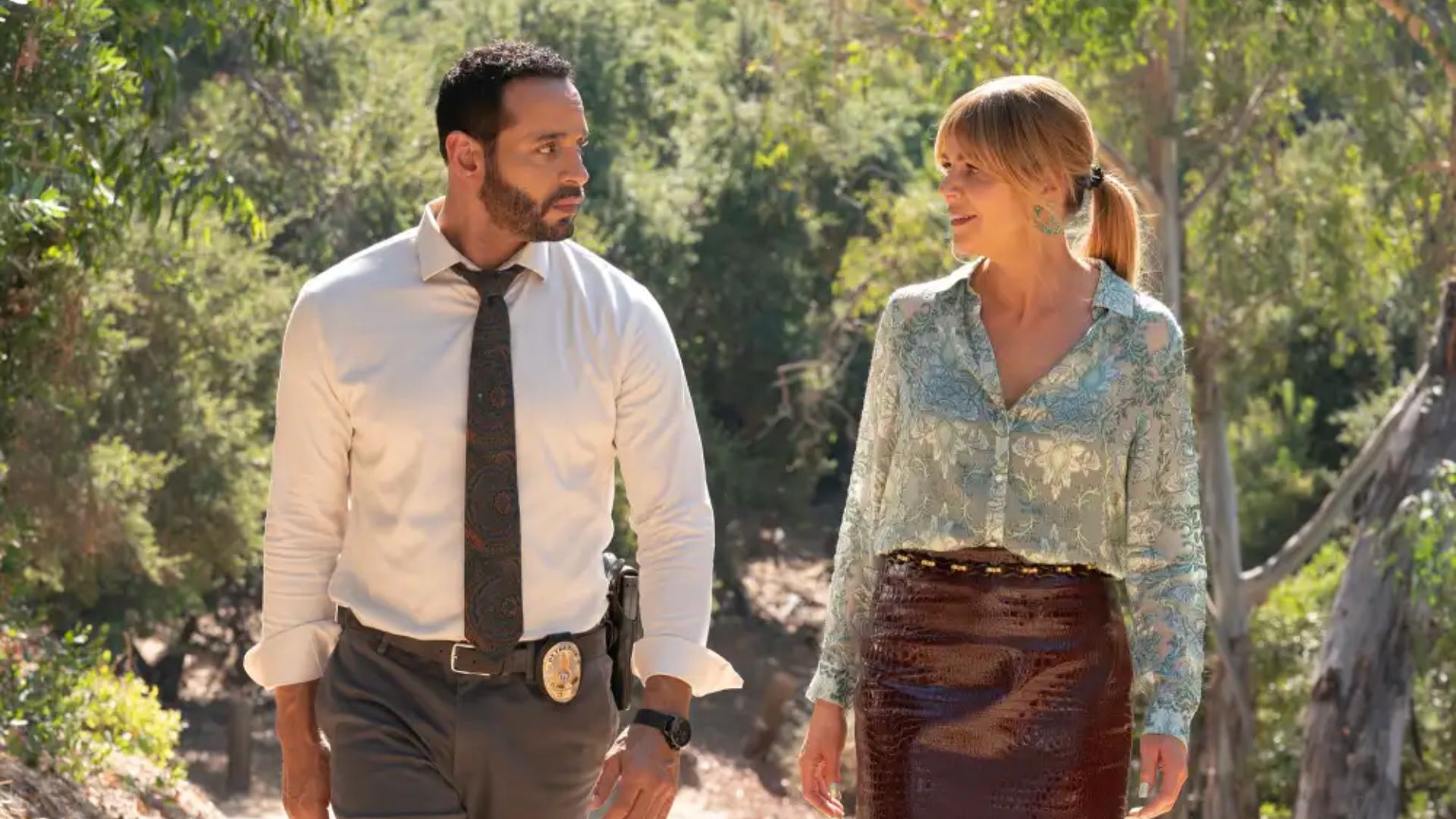The Everybody Hates Chris series marked a generation by bringing a comedic and emotional approach to the childhood and adolescence of Chris Rock, one of the greatest American comedians. Originally broadcast between 2005 and 2009, the production is based on Rock’s memories, chronicling his experiences living in the 1980s borough of Brooklyn, New York.
However, despite being inspired by true events, the series is not exactly a faithful reproduction of reality. Many details were exaggerated, adapted or invented to increase the humor and engage the audience.
This marriage between reality and fiction has aroused curiosity among fans: which elements really happened in Chris Rock’s life and which are inventions for television? We delve into the history of the series to separate what is real and what has been adapted, offering a comprehensive overview of the inspiration behind this cultural phenomenon.
Everyone Hates Chris: What’s Real and What’s Fiction in the Series
Chris’s family
In the series, Chris’s family consists of Julius, the extremely thrifty father; Rochelle, the authoritarian and charismatic mother; Tonya, the youngest sister; and Drew, the younger but taller and more popular brother. In real life, Chris Rock has a large family: he is the eldest of seven brothers. Despite this, Rock’s parents, Julius and Rosalie (in the series, Rochelle), really existed and some of their characteristics are inspired by real people.
Julius, for example, was known for working two jobs, just like the character, and had a calm personality. Rochelle was adapted to be more whimsical and fun, a creative license that helped build the series’ comedic dynamics. Drew and Tonya, however, are fictional figures: Chris Rock never had a brother exactly like Drew nor a sister named Tonya. The characters were created to bring balance and diversity to the family storyline.
Chris’s school
One of the main narratives of the series is Chris’ difficulty adapting to the predominantly white school where he was enrolled, Colégio Corleone. In real life, Chris Rock also attended a predominantly white school, facing incidents of racism, bullying and isolation. These experiences were a cornerstone in his personal and professional development, as he used these moments as inspiration for his comedy.
However, the name “Corleone” was invented for the series and some school situations were exaggerated for comedic purposes. Bullying, for example, is represented by characters like Joey Caruso, who often torments Chris. Although Rock has indeed gone through similar hardships, Caruso is a fictional figure, as are many of his other classmates.
Chris’s work
In the series, Chris works at a local grocery store called “Doc’s Store”, whose owner, Doc, is a friendly character and counselor. This job is one of the main subplots and provides comical moments, especially in Chris’ interactions with customers.
In real life, Chris Rock worked several jobs from an early age, but there is no record of him specifically working in a grocery store. Doc, like the store, was an imaginary creation.

The neighborhood of Brooklyn
The Brooklyn setting is one of the trademarks of Everybody Hates Chris. The neighborhood where the family lives is portrayed as a simple area, with a diverse community full of surprising characters.
This setting is based on the real Brooklyn of the 1980s, where Chris Rock grew up. However, the series was filmed in Los Angeles, not New York, for logistical and budgetary reasons. Some aspects of the neighborhood were idealized, but the essence of the place, with its challenges and peculiarities, is true.
Chris’s personality
Chris in the series is portrayed as a shy but extremely resilient boy. He tries to please his family, survive school and deal with everyday problems. This depiction is inspired by Chris Rock’s youth, but with some differences.
In real life, Rock has always been observant and introverted, characteristics that helped him develop his talent for humor. However, the character in the series was adapted to be more naive and comedic, which contributes to the light tone of the production.

Comedy in storytelling
One of the highlights of Everybody Hates Chris is the acid humor and voice-over narrations done by Chris Rock himself. These comments, full of irony, are a way to connect the series to the point of view of the adult comedian.
In reality, Chris Rock’s experiences, as expected, were not as caricatured as those shown in the series. Many events have been heightened or created to increase comedic impact. Humor, then, serves as a tool to transform the real difficulties of Rock’s childhood into an accessible and entertaining narrative.
The series ended in 2009 after four seasons, when the creators decided to end the story when Chris, just like in real life, leaves school and begins his journey as a comedian. The decision was made to maintain the narrative quality and prevent the series from becoming repetitive.
Chris, the protagonist of the series, is inspired by the childhood and adolescence of the American comedian Chris Rock. Played by Tyler James William
Everybody Hates Chris further boosted comedian Chris Rock’s career and was a real phenomenon, especially in Brazil, and the reality adaptations for the series were very well thought out to further enhance Rock’s life story. But did you already know these differences?
The post Everybody Hates Chris: What’s Real and What’s Fiction in the Series appeared first on Olhar Digital.
Source: Olhar Digital
Rose James is a Gossipify movie and series reviewer known for her in-depth analysis and unique perspective on the latest releases. With a background in film studies, she provides engaging and informative reviews, and keeps readers up to date with industry trends and emerging talents.






